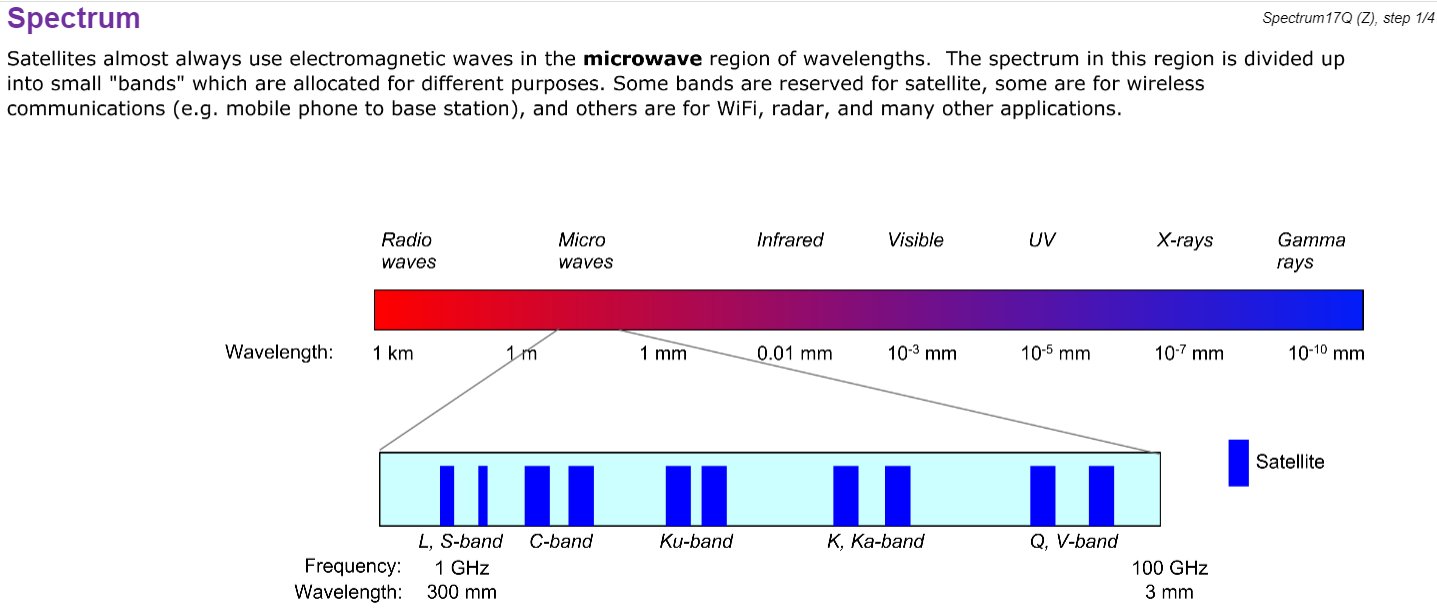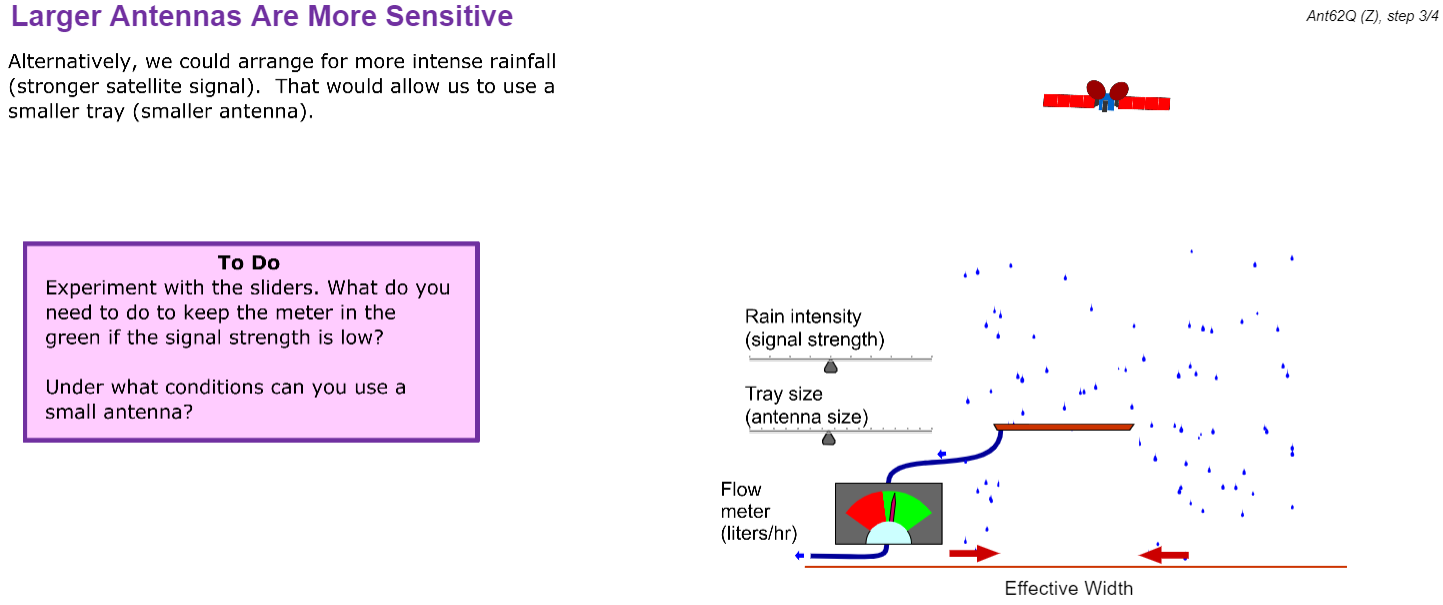Summary
-
All spacecraft rely on communications. Learn how communications links work, and their practical and theoretical limits.
Description
Every spacecraft relies on communications with the ground and/or other spacecraft, and for communications satellites, communications is the entire reason the spacecraft exists! To engage in the business of space, you need to have a general understanding of how communications links work, and their practical and theoretical limits. We will not go into any mathematics or technical detail, but you will get an overview of:
- Why modern wireless communications are such amazing technology.
- The common ingredients of every digital communications link.
- The critical role of antennas.
- The eternal battle of signal vs noise.
- What is a link budget, why is it important.
- The effects of rain on earth-space links.
Lessons
4 lessons
- Introduction. Welcome. How to pass. Why digital communications are amazing. Satellite transmission is incredibly efficient. The many names for ground equipment. How do space links work? Examples of space communications links.
- Why are Antennas Important? What does an antenna actually do? Directional antennas are key. Why use large vs. small antennas? Pointing is a big issue. How marine antennas deal with ship motion. Electronically-steered antennas - do they represent the future? Quiz.
- Signals and Noise. The spectrum: radio waves to gamma rays, and the satellite bands in the middle. Signals vs. noise - the eternal battle. Noise is important! High throughput requires power and bandwidth resources. Shannon’s limit is the harsh reality of satellite communications. What are electromagnetic waves, anyway? Linear and circular polarization - theory and practice. Which is better? Propagation - what can signals pass through, and what can’t they? Quiz.
- Links. What is a “link budget?” Links go through transponders. How to get more throughput! The effects of rain, and how to minimize them. Quiz.

